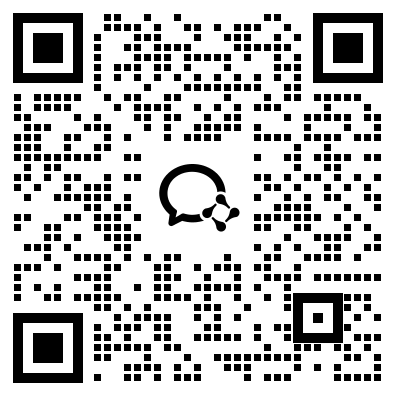Data from: Spatiotemporal analysis of gene flow in Chesapeake Bay Diamondback Terrapins (Malaclemys terrapin)
收藏DataONE2015-10-29 更新2024-06-27 收录
下载链接:
https://search.dataone.org/view/null
下载链接
链接失效反馈资源简介:
There is widespread concern regarding the impacts of anthropogenic activities on connectivity among populations of plants and animals, and understanding how contemporary and historical processes shape metapopulation dynamics is crucial for setting appropriate conservation targets. We used genetic data to identify population clusters and quantify gene flow over historical and contemporary time frames in the Diamondback Terrapin (Malaclemys terrapin). This species has a long and complicated history with humans, including commercial over-harvesting and subsequent translocation events during the early twentieth century. Today, terrapins face threats from habitat loss and mortality in fisheries bycatch. To evaluate population structure and gene flow among Diamondback Terrapin populations in the Chesapeake Bay region, we sampled 617 individuals from 15 localities, and screened individuals at 12 polymorphic microsatellite loci. Our goals were to demarcate metapopulation structure, quantify genetic diversity, estimate effective population sizes, and document temporal changes in gene flow. We found that terrapins in the Chesapeake Bay region harbor high levels of genetic diversity and form four populations. Effective population sizes were variable. Among most population comparisons, estimates of historical and contemporary terrapin gene flow were generally low (m ≈ 0.01). However, we detected a substantial increase in contemporary gene flow into Chesapeake Bay from populations outside the bay, as well as between two populations within Chesapeake Bay, possibly as a consequence of translocations during the early twentieth century. Our study shows that inferences across multiple time scales are needed to evaluate population connectivity, especially as recent changes may identify threats to population persistence.
创建时间:
2015-10-29



